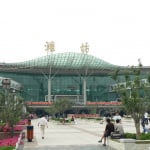Name: Rapa Nui National Park
Address: Rapa Nui National Park, Easter Island
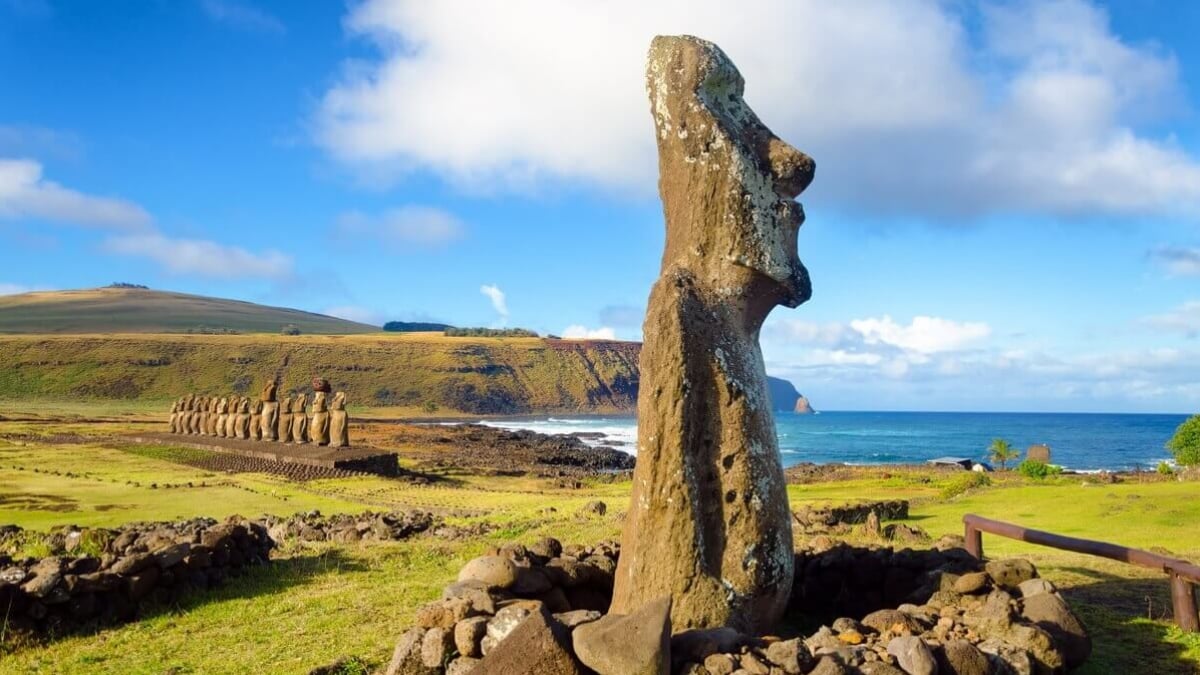
7 World Heritage Sites in South America’s Chile | A Complete Introduction to Chile’s Fascinating Cultural Heritage!
Chile in South America has seven World Heritage Sites, all of which are cultural heritage. From the famous Easter Island moai statues to churches, former mining sites, and even entire landscapes, each registered World Heritage Site belongs to a different category and offers plenty to see.
In this article, we will introduce the seven World Heritage Sites in Chile!
table of contents
[x] close
7 World Heritage Sites in South America’s Chile | A Complete Introduction to Chile’s Fascinating Cultural Heritage!
- 1. Rapa Nui National Park
- 2. Churches of Chiloé
- 3. Humberstone and Santa Laura Saltpeter Works
- 4. Historic Quarter of the Seaport City of Valparaíso
- 5. Sewell Mining Town
- 6. Qhapaq Ñan, Andean Road System
- 7. Settlement and Artificial Mummification of the Chinchorro Culture in the Arica and Parinacota Region
- ◎ Summary of Chile’s World Heritage Sites
1. Rapa Nui National Park
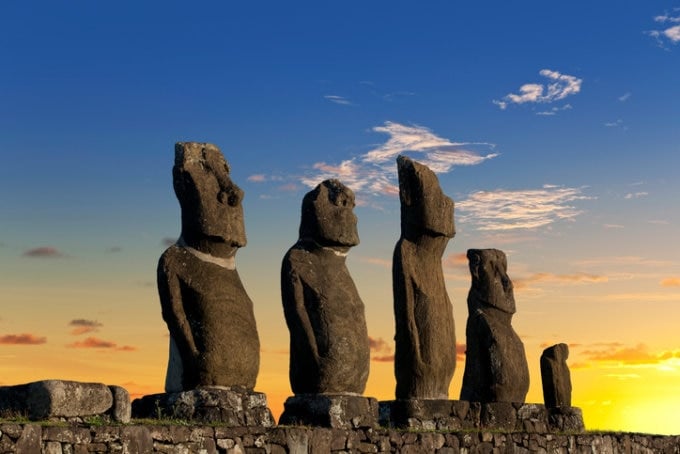
When it comes to Chile’s World Heritage Sites, the first thing that comes to mind is the moai statues of Easter Island’s “Rapa Nui National Park”! The moai statues of Rapa Nui National Park, said to have been built between the 10th and 16th centuries, are mysterious stone figures still shrouded in many enigmas.
Moai can be found all over the island, but the most famous are those on the slopes of “Rano Raraku,” the toppled moai lined up at “Ahu Akivi,” and the many moai standing together at “Ahu Tongariki.”
The moai of Rapa Nui National Park are located on Chilean territory, Easter Island, and are generally reached by air from the capital Santiago or from Tahiti.
2. Churches of Chiloé
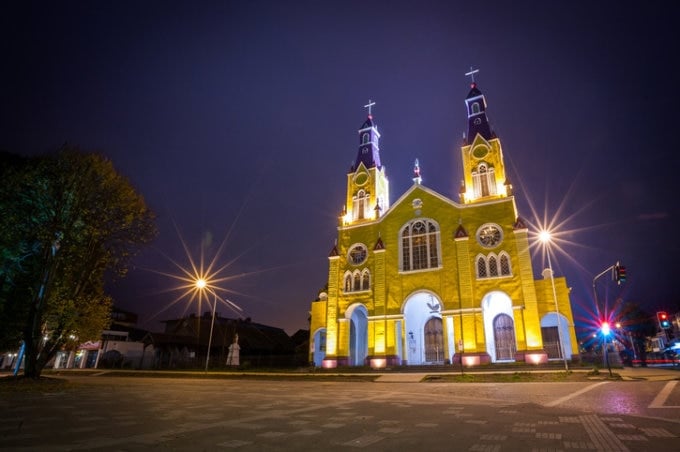
The “Churches of Chiloé” are a group of wooden churches registered as a World Heritage Site in 2000. Like Rapa Nui National Park, the Churches of Chiloé are not on mainland Chile but on an island, so you must fly there. However, they are well worth visiting to see churches from that era.
Originally built as Jesuit churches, the most striking feature of the Churches of Chiloé is their colorful construction. Colorful churches are quite rare! Ordinary houses are also colorful, making Chiloé famous for its colorful stilt houses along the water.
Chile is famous for its seafood thanks to its coastline, and Chiloé Island is no exception—be sure to try the delicious local seafood.
Name: Churches of Chiloé
Address: Castro, Los Lagos Region, Chile
3. Humberstone and Santa Laura Saltpeter Works
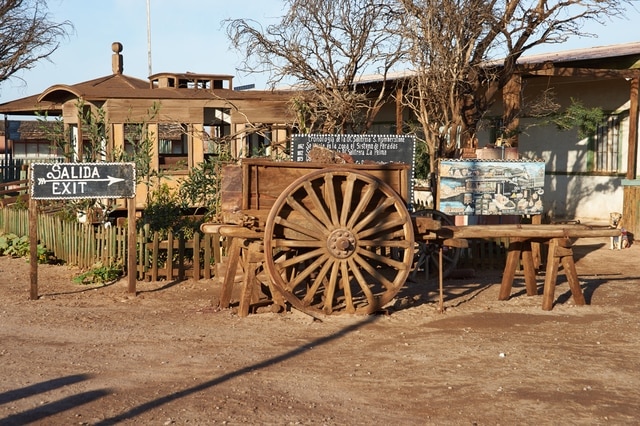
Registered as a World Heritage Site in 2005, Chile’s “Humberstone and Santa Laura Saltpeter Works” were also simultaneously listed as endangered heritage sites.
An endangered heritage site is one at risk of being destroyed or losing its value due to natural disasters or conflicts. In Chile’s case, frequent earthquakes are a concern.
The “Humberstone and Santa Laura Saltpeter Works” were built between the 19th and 20th centuries, with remains of over 200 factories still present. They are located about 50 km from Iquique in the Tarapacá Region of northern Chile.
Name: Humberstone and Santa Laura Saltpeter Works
Address: Pozo Almonte, Región de Tarapacá
4. Historic Quarter of the Seaport City of Valparaíso
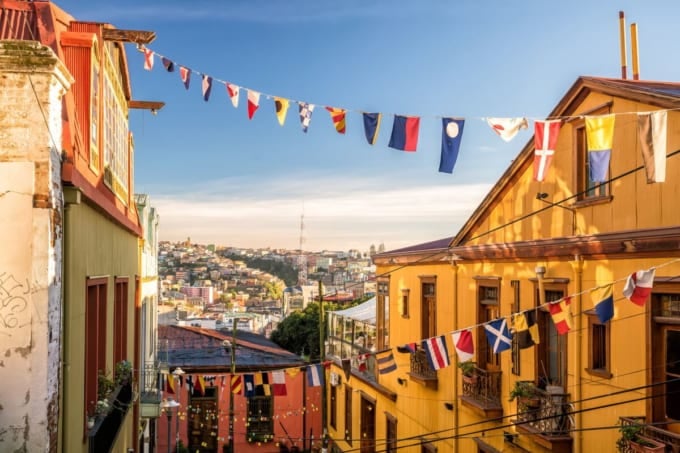
The “Historic Quarter of the Seaport City of Valparaíso” was registered as a World Heritage Site in 2003. Valparaíso is Chile’s second largest city after the capital Santiago and has prospered as a trading port.
Once a Spanish colony, the cityscape shows a strong European influence, with beautiful scenery throughout. Valparaíso is built on steep hills surrounding the port. Due to the many slopes, cable cars called “ascensores” are convenient for getting around—be sure to try them when you visit.
At night, the lights of the houses surrounding the sea create a magical atmosphere, quite different from the daytime. It’s a wonderful World Heritage Site with an exotic charm.
Name: Historic Quarter of the Seaport City of Valparaíso
Address: Valparaíso, Chile
5. Sewell Mining Town
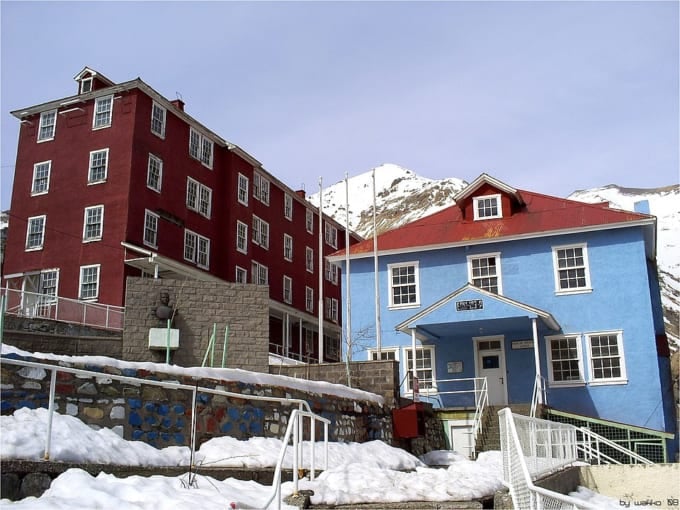
The “Sewell Mining Town” was registered as a World Heritage Site in 2006.
Built in the early 20th century as a residential area for people working at El Teniente, the largest underground mine at the time, Sewell Mining Town was home to about 15,000 workers at its peak. It was rare in the 20th century to have a company town where such a large population lived and where natural resources were so abundant, which is why it was registered as a World Heritage Site.
The houses, mining facilities, and factories from that time remain intact, creating the feeling that people could still be living there. However, today there are no residents—it has become a ghost town.
You can even have the rare experience of entering an actual mining site, making it well worth a visit.
Name: Sewell Mining Town
Address: Machalí, O'Higgins
6. Qhapaq Ñan, Andean Road System
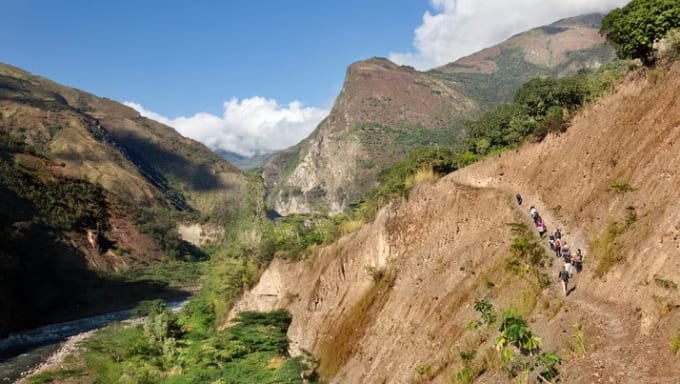
The “Qhapaq Ñan, Andean Road System” was jointly nominated by six South American countries—Colombia, Ecuador, Peru, Bolivia, Chile, and Argentina—and registered as a World Heritage Site in 2014. It includes the Inca roads and related archaeological sites, which played an important role in the prosperity of trade, culture, and defense systems during the Inca Empire.
Surrounded by mountains on all sides, the Qhapaq Ñan features long roads stretching endlessly, offering breathtaking landscapes that look like scenes straight out of a movie. It is a highly valuable World Heritage Site that also includes many other components, such as Machu Picchu and the Chavín de Huántar archaeological site in Peru.
Name: Qhapaq Ñan, Andean Road System
Address: Colombia, Ecuador, Peru, Bolivia, Chile, Argentina
7. Settlement and Artificial Mummification of the Chinchorro Culture in the Arica and Parinacota Region
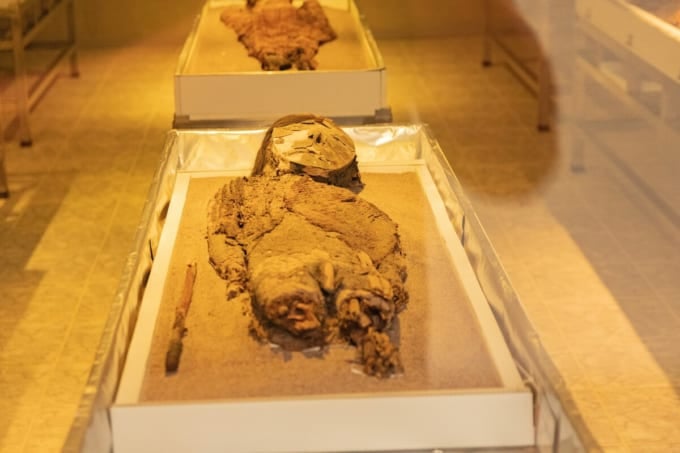
Recognized as the oldest known example of artificial mummification in the world, the “Settlement and Artificial Mummification of the Chinchorro Culture in the Arica and Parinacota Region” was registered as a UNESCO World Heritage Site in 2021.
The Chinchorro culture of Arica and Parinacota had an ancient tradition of carefully preserving the dead, and more than 280 mummies have been discovered so far.
Around 7020 BC, bodies were wrapped in reeds and buried with grave goods using a natural drying method. Around 5000 BC, the “black mummy” style emerged, followed by the “red mummy,” clay-coated mummies, and bandage-wrapped mummies after around 2500 BC.
The Chinchorro mummies are over 2,000 years older than those of ancient Egypt, making them an invaluable cultural heritage. To prevent deterioration, the mummies are preserved and displayed at the “Archaeology Museum San Miguel de Azapa” in the northern Atacama Desert.
https://maps.google.com/maps?ll=-18.516474,-70.181149&z=15&t=m&hl=ja&gl=JP&mapclient=embed&cid=6326135390969298294
Name: Settlement and Artificial Mummification of the Chinchorro Culture in the Arica and Parinacota Region
Address: Camino Azapa 12, Arica, Arica y Parinacota, Chile
Official / Related Site URL: https://whc.unesco.org/en/list/1634/
◎ Summary of Chile’s World Heritage Sites
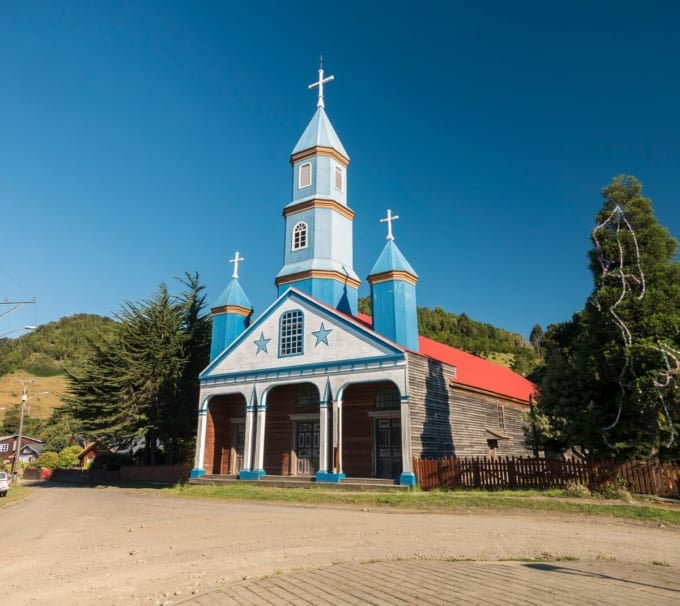
We’ve introduced seven World Heritage Sites in Chile. As you can see, this long, narrow country stretching from north to south has a wide variety of heritage sites. Be sure to visit at least once in your lifetime.
RELATED ARTICLES
REGIONS
CATEGORIES
FEATURED ON Chile
-

Rich Local Specialties! Representative Souvenirs from Santiago, the Capital of Chile
-
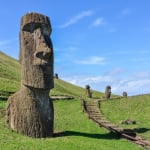
7 Tourist Spots in Easter Island, Chile! The Mysterious Isolated Island Floating in the Pacific
-
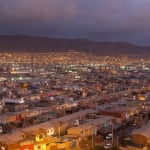
Top 5 Recommended Tourist Spots in Antofagasta, Northern Chile
-
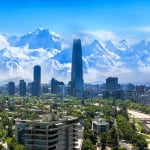
5 Must-See Tourist Spots in Chile! A Country Brimming with Diverse Natural Wonders
-
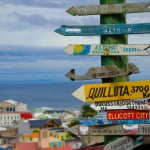
Top 4 Must-Visit Attractions in Punta Arenas, the Southernmost City of South America
MOST POPULAR ON Chile
-
 1
1Doha: Must-see Attractions in the Capital of Qatar
-
 2
2Toronto: 10 Things to do in this Picturesque Canadian City
-
 3
3Amarillo: A City Famous for It’s Amazing Canyons, Great History and Music
-
 4
4South Korea: Dazzling Scenery, Rich Culture and Fascinating History
-
 5
5Kuwait: A Country in Middle East Asia Famous for Hot Sand Dunes and Stunning Cityscape




